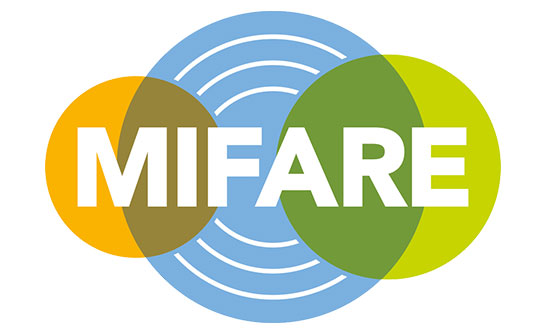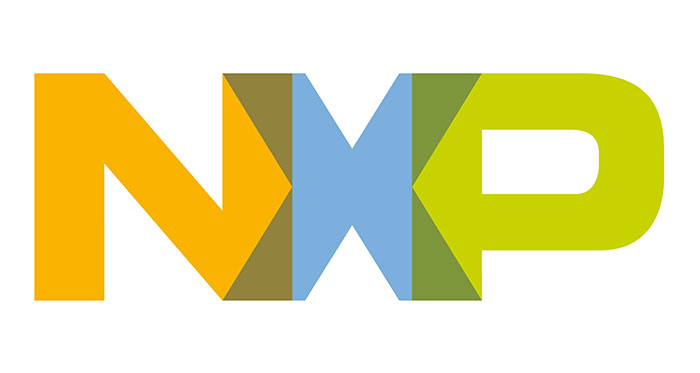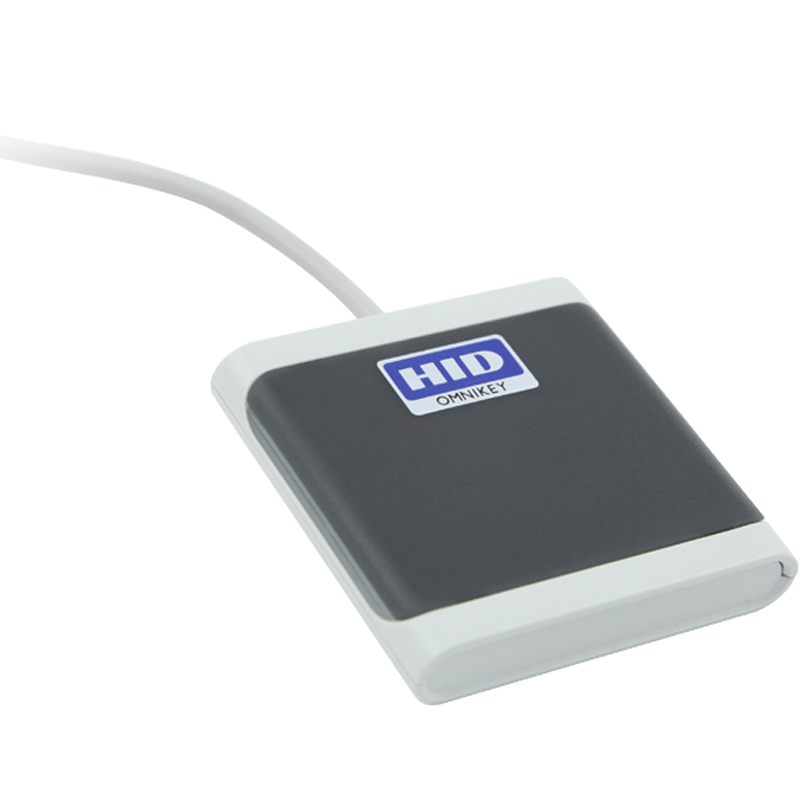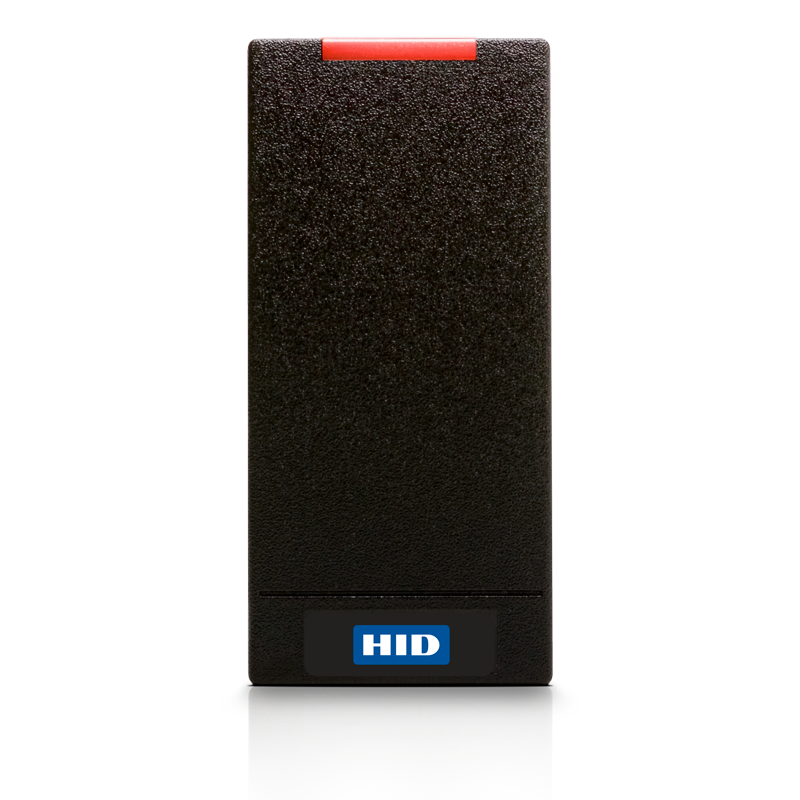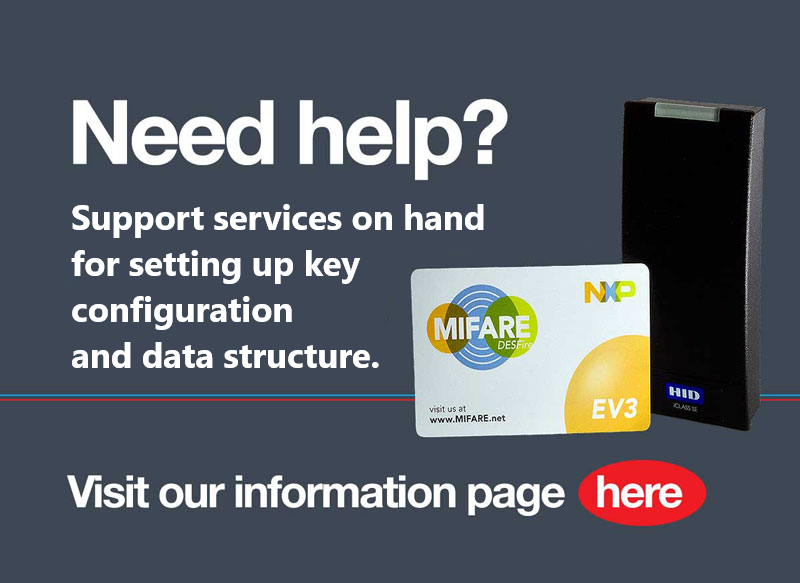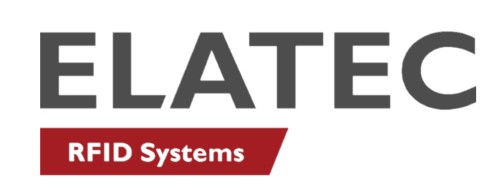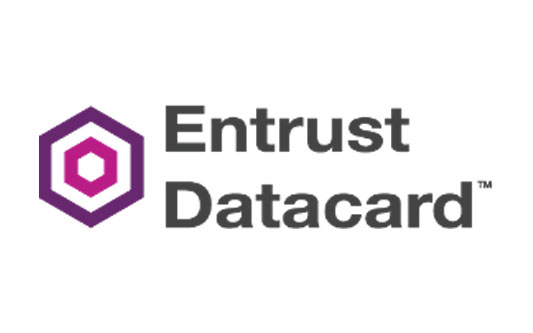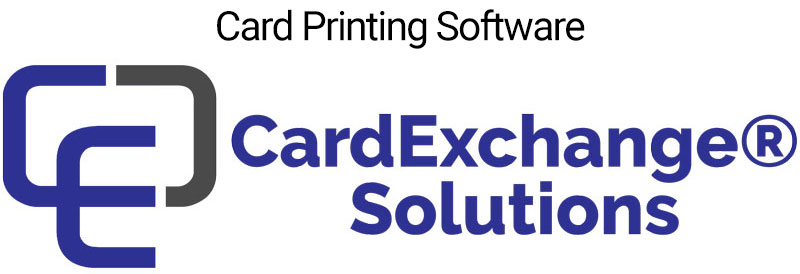17 Nov


0 Comment(s)
1765 View(s)
What are the Benefits of Multi-Factor Authentication Software?
Securing digital assets and personal information is more important than ever in today's digital landscape. With cyber-attacks on the rise and hackers employing increasingly sophisticated tactics, businesses and individuals are searching for more robust methods to safeguard their data. This is where multi-factor authentication software, like HID® DigitalPersona®, can step in. This software combines multiple methods of user identification, raising the bar for security access and ensuring only legitimate users can access sensitive information. But what are the true benefits of such a system? Let's dive deeper.What is Multi-factor authentication Software?
Multi-authentication, often referred to as multi-factor authentication (MFA) is a security process in which a user provides multiple methods of identification to verify their authenticity. Instead of just asking for a username and password, multi-factor authentication requires one or more additional verification steps. The methods of authentication are typically categorised into three distinct types: • Something You Know: This includes passwords, PINs, and answers to security questions. • Something You Have: Refers to something the user possesses. Examples are a smart card, a hardware token, or a verification code sent to a mobile device. • Something You Are: Biometric methods fall under this category. This includes fingerprint scans, facial recognition, voice patterns, and even retina scans. Some advanced multi-factor authentication systems also incorporate additional factors like "somewhere you are" (based on location data) and "something you do" (like typing speed or device handling patterns).What are the Benefits of Multi-factor Authentication Software?
Having understood the concept and components of multi-factor authentication software, let's delve into its numerous benefits. Some of the biggest advantages of this security solution include:Enhanced Security
One of the main benefits of multi-factor authentication software is that it provides multiple layers of defence against unauthorised access. Traditional single authentication methods, such as passwords, are no longer enough. With multi-authentication, even if one method is compromised, an intruder still has to bypass additional layers of security, making unauthorised access considerably more challenging. Different authentication methods are designed to combat different types of threats. For instance, biometric authentication can prevent access by someone who has stolen a password, while a one-time passcode sent to a mobile device can thwart those with stolen fingerprints. By employing multiple authentication methods, the system can mitigate a wider range of threats.Improved User Experience
With multi-factor authentication software, users aren't restricted to a single way of verifying their identity. They can choose from several options based on what's most convenient for them at that moment, whether it's a fingerprint scan, a facial recognition check, or entering a one-time code received via SMS.Scalability and Future-Proofing
Cyber threats are ever-evolving. Multi-factor authentication systems are designed to be adaptable. As new verification methods emerge, they can be seamlessly integrated into the existing multi-factor authentication framework, ensuring that the system remains up-to-date against the latest threats. As technology continues to progress, so do the methods for authentication. Biometrics, smart tokens, and behavioural analytics are just some of the latest additions. A multi-factor authentication system is prepared to integrate with these new technologies, making it a future-ready investment.Reduction in Fraud and Financial Loss
Relying solely on passwords exposes systems to a myriad of risks, from simple guesswork to sophisticated brute-force attacks. With multi-factor authentication in place, even if a password gets compromised, the chances of a breach are drastically reduced. This decreases potential fraud instances and the associated financial implications.Cost-Efficiency in the Long Run
While there might be an initial investment when adopting multi-factor authentication software, the long-term benefits often outweigh the costs. Consider the expenses associated with a data breach - legal fees, regulatory fines, and the intangible cost of lost customer trust. By preventing unauthorised access and potential breaches, multi-factor authentication systems can save businesses a significant amount in the long run.How Multi-factor Authentication Software Helps Secure Your Organisation Against Cyber Threats
Cyber threats are an ever-present danger to organisations in the digital age. Multi-factor authentication software has emerged as a powerful tool in a company’s defensive arsenal. Here’s how it fortifies an organisation against these ever-looming threats:Reducing Dependency on Single Point of Failure
Traditional password-only systems have a significant flaw - they rely on a single point of entry. If a malicious actor obtains or cracks this password, they can potentially gain unrestricted access. By requiring multiple verification methods, the software ensures that even if one authentication factor (like a password) is compromised, unauthorised users can't gain access without clearing other security checks.Combating Phishing and Social Engineering
Cyber attackers often use phishing emails and social engineering tactics to deceive employees into revealing their login credentials. Even if an employee is tricked into providing a password, attackers would still need access to the second or third factor (like a physical token or biometric data), which is significantly more challenging to acquire deceitfully.Protection Against Stolen or Lost Devices
Mobile devices, laptops, or even hardware tokens can be lost or stolen, giving malicious actors a chance to access sensitive data. Even if a device falls into the wrong hands, without the additional authentication factors, the device is nearly useless for unauthorised access. For instance, a stolen smartphone won’t give an attacker access to a system if they also need a password and biometric verification.Guarding Against Automated Bot Attacks
Automated bots can launch brute-force attacks, attempting thousands of password combinations in quick succession to gain access. With multiple authentication layers, the complexity of a successful breach increases exponentially. A bot might guess a password, but it's far less likely to have the corresponding biometric data or hardware token.Continuous Authentication and Behavioural Analysis
Some multi-factor authentication systems incorporate behavioural analytics, monitoring how a user interacts with a system over time. If the software detects unusual behaviour, such as accessing sensitive files at odd hours, it can prompt the user for additional authentication or notify administrators of potential security concerns.Enjoy a Safer Digital Landscape With Multi-factor Authentication Software
In an age where data breaches are becoming increasingly common and the consequences more severe, the importance of robust security measures isn’t something to ignore. Multi-factor authentication software offers an array of benefits, from enhanced security and user experience to cost savings and scalability. As the digital world continues to evolve, so will the threats we face, making adopting multi-factor authentication systems not just a smart choice, but a necessary one for businesses and individuals alike. Increase security in your organisation today with HID DigitalPersona.Discover more…
If you’d like to find out more about the benefits of multi-factor authentication and HID DigitalPersona, our team of specialists are here to help. You can contact us by submitting an enquiry form or calling us on +44 (0)333 700 0078.

